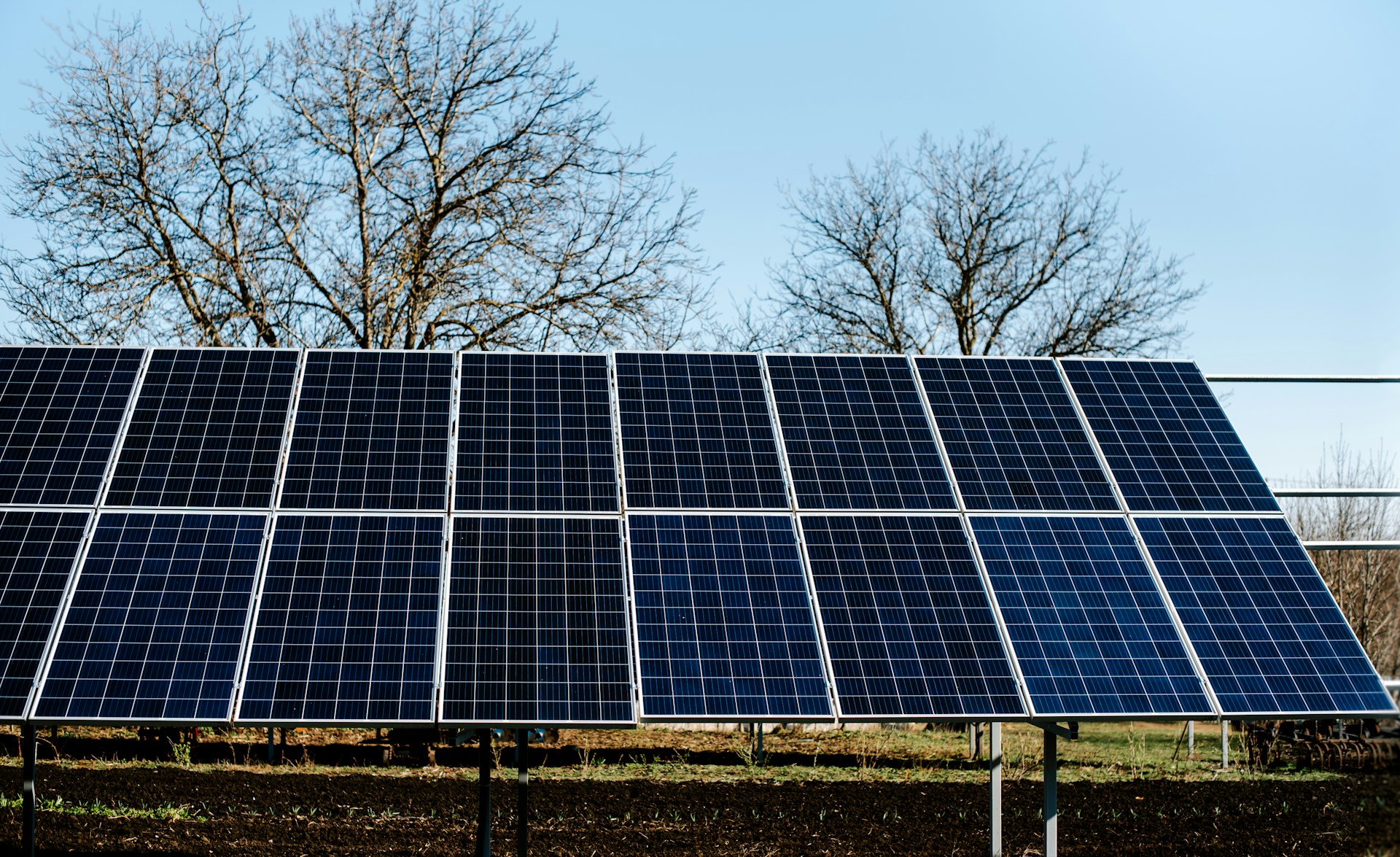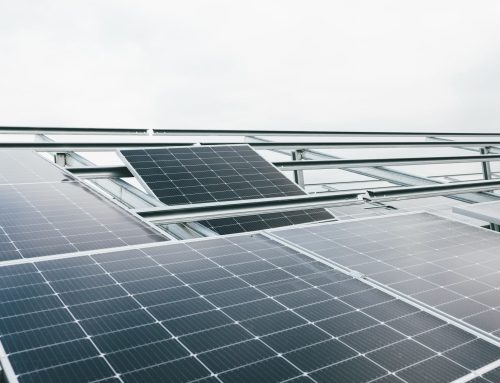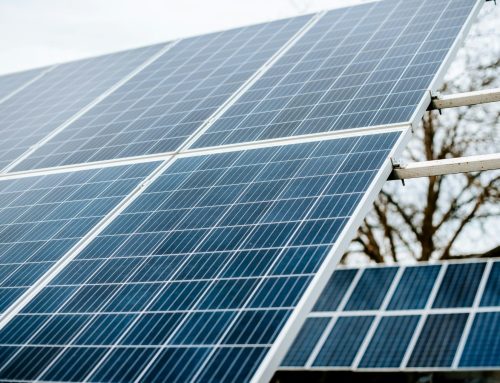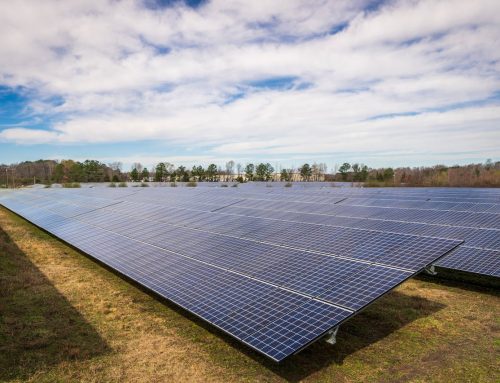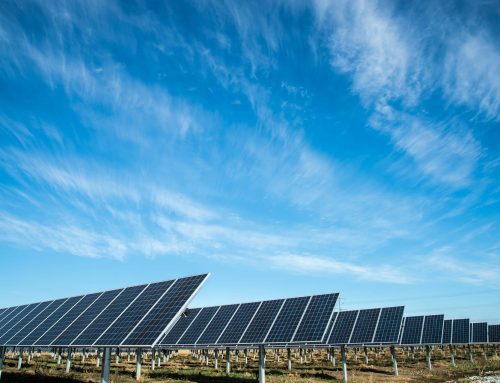Getting solar panels is a smart move for reducing power bills and increasing your home’s energy independence. But once the system is up and running, many homeowners don’t think twice about how well it’s performing. Just like any system, solar tech benefits from a bit of attention. By keeping an eye on how your panels are working, you can make sure you’re getting your money’s worth every day.
Monitoring your solar system doesn’t mean checking graphs every hour. It’s about making sure everything is working the way it should. A sudden dip in output can signal something as small as shading from a new structure next door or something more serious, like a faulty inverter. Understanding what affects solar panel output in Adelaide’s climate is a big help when it comes to knowing what normal performance looks like and when it’s time to take action.
Understanding Solar Panel Output
Solar panel output is the amount of electricity your panels produce from the sunlight they receive. It’s influenced by more than just whether the sun is shining. The angle of your roof, quality of your panels, surrounding shade and the type of inverter you use all play a part. Even dust or build-up on the panels can reduce how much energy you generate, although as noted, we won’t be covering cleaning here.
In Adelaide, seasonal shifts naturally impact solar energy production. Winter brings shorter days and heavier cloud coverage, which lower overall generation. As the weather warms up moving into spring and summer, you’ll notice your output climbing again with the longer, sunnier days. Knowing these seasonal patterns helps homeowners set realistic expectations and spot unusual changes when they happen.
For example, if your output seems unusually low during a typically sunny period in spring, it could be an early sign of a performance issue. At that point, it’s a good idea to start checking your monitoring data, as we’ll cover in the next section. That kind of awareness can help prevent small issues from turning into big ones over time.
Tools and Methods for Monitoring Your Solar Panels
There’s no shortage of tools available to help homeowners track how their solar systems are doing. Some inverters come with built-in monitoring apps or portals that let you check power generation in real time. More advanced systems allow you to compare day-to-day or month-to-month output, giving a clear picture of performance over time.
Here’s a simple step-by-step guide to get started with basic solar monitoring:
1. Log into your inverter’s app or web portal if it comes with one.
2. Look at the energy generation charts. Compare today’s figures with previous days or the same time last year.
3. Check for warning symbols or error messages, which usually show if something’s not working right.
4. Review data around peak sunlight hours, typically midday. That’s when the highest output should occur.
5. Set usage alerts or notifications if your system allows it, so you know when production drops too much.
When reviewing your data, try to spot trends rather than focusing only on day-to-day numbers. Short-term dips might mean it’s been cloudy, which is normal. But steady underperformance across weeks or inconsistent spikes might mean something’s not quite right. Keep an eye on how your system behaves through each season, especially during Adelaide’s transition into summer.
Knowing what these tools can do and how to read the information can help you stay in control of your home’s solar performance. It also makes it easier to talk with a professional when it’s time to troubleshoot or look at system upgrades.
Common Issues and How to Address Them
Solar systems can sometimes face issues that impact performance. By learning what to watch for, you can address problems quickly and keep your system running smoothly. A few common hiccups might include reduced output due to shading, malfunctioning inverters or even undetected wiring issues. Identifying these glitches early is key.
Here’s what you should do if you suspect there’s something wrong with your system:
1. Shading: Look for any new obstructions like growing trees or new buildings nearby. Trim trees if they are the culprits, but get professional help for larger tasks.
2. Inverter Problems: Check the inverter’s status lights. If they are showing red or orange, a problem might be present. Many inverters have alerts for these situations, so check for messages.
3.Wiring Issues: Damaged or loose wires can reduce performance. This is usually a job for a licensed electrician, so don’t attempt a fix yourself.
4. Temperature Effects: Adelaide’s hot summers can affect performance. Position panels to maximise airflow, but again, seek professional advice for installations or changes.
Sometimes, these checks might not pinpoint the issue, or the solution might be more complex. Regular professional inspections can be a worthwhile investment, helping identify and solve hidden problems before they escalate.
Maximising Solar Panel Performance in Adelaide
Maximising solar output isn’t just about fixing problems when they arise. Taking proactive steps can make a real difference. Adelaide’s climate provides plenty of sunny days perfect for solar harvesting, but your setup must suit your property and adapt to outdoor changes.
Daily and seasonal steps to consider include:
– Track weather forecasts. When you know sunny days are coming, make the most of them by running appliances like dishwashers during high production hours.
– Keep an eye on shade during different times of the day. Something that doesn’t block the sun in summer might cause shading in winter because of the sun’s lower position.
– If you’re planning a new installation or expanding your system, think about roof angle, panel brand and inverter specs to suit your needs all year round.
– Use certified panels known for hailstone durability. Adelaide can get sudden severe weather, and having gear that holds up under pressure can save you over time.
– Choose providers who value ethical sourcing and avoid harmful materials. When your panels work well and support broader social responsibility, your system’s impact grows stronger.
– Call in professionals when upgrading or adjusting your system. Having an experienced voice guide these decisions can help you avoid mistakes and improve long-term value.
Monitoring and maintenance go hand in hand. It’s not just about numbers on a screen. Understanding production cycles, recognising irregularities and using the right gear keeps everything running smoothly.
Getting Lasting Value from Your Solar
Making the switch to solar is already a strong step toward lowering your bills, but that’s only half the equation. Keeping an eye on performance helps stretch every bit of benefit out of your system, especially in a city like Adelaide, where sunshine is consistent across much of the year.
By staying informed and being proactive, you’ll get the most out of your solar investment. Look for trends in your output data, respond when things change noticeably and work with experienced professionals to keep everything on track.
Choosing certified, reliable equipment and considering ethical sourcing gives you peace of mind going forward. From reducing your energy costs to supporting impactful technology, the right approach to monitoring can help you make smarter decisions every step of the way.
Ready to get the most from your solar system? Start with how you track it. Knowing your system inside and out can make all the difference.
Ready to take the next step in enhancing your solar efficiency? Discover how professional monitoring can help you stay on top of your solar panel output and keep your energy system running smoothly. Energy Buster offers tailored solutions for Adelaide homes to help you get the most out of every ray of sunshine.

